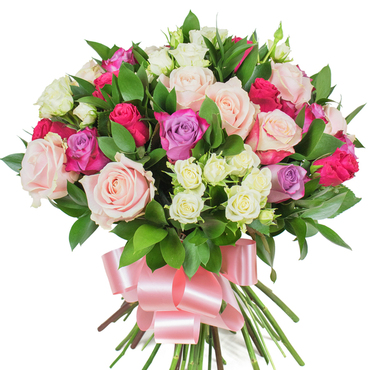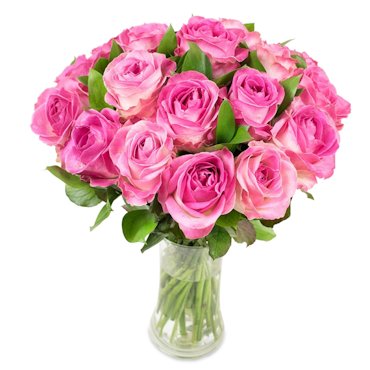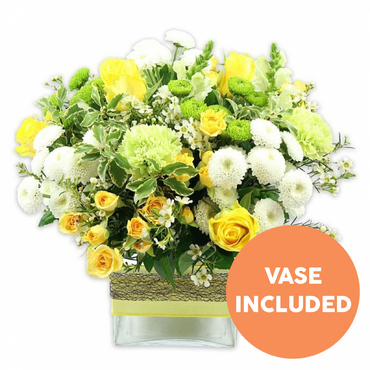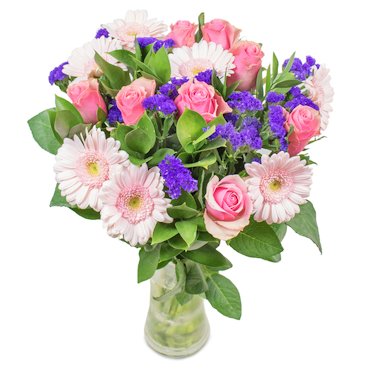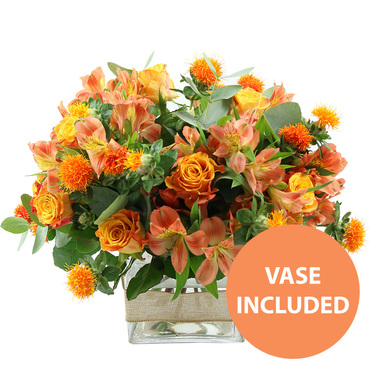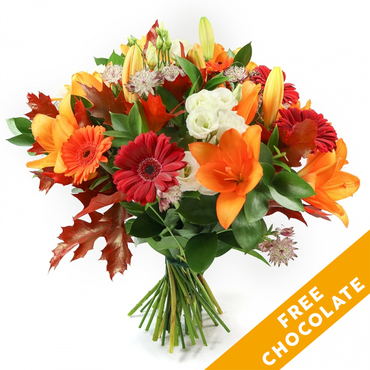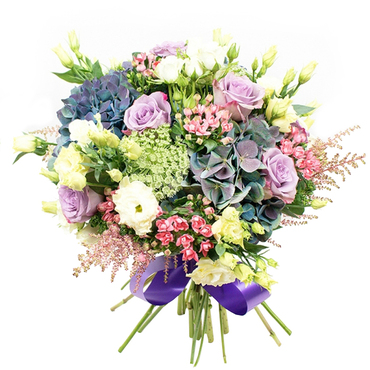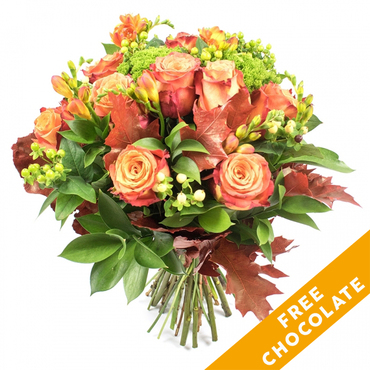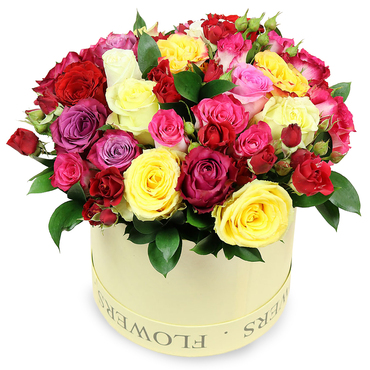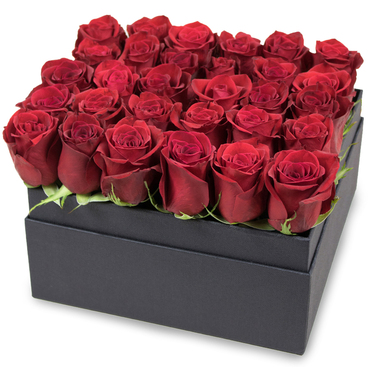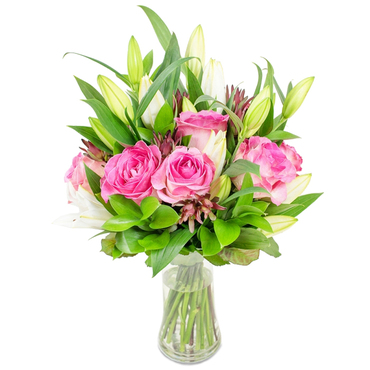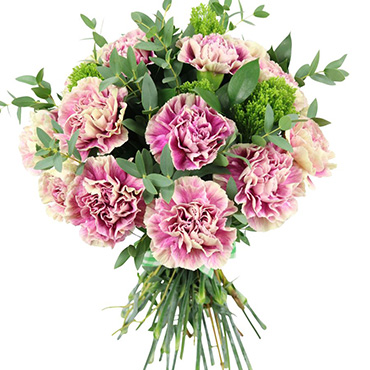Across the world, Flowers are often chosen to represent countries or regions, used as an emblem of the people, government and rich heritage of a particular place. Most country’s floral emblems are intertwined with legend and folklore, having roots in ancient stories and being embedded in the culture until the modern era, where it has been incorporated into the day-to-day of the country, often used in symbolic imagery, coins, governmental emblems and as a symbol to represent national days of significance.
This global tradition is just as present across the UK. Britain loves its flowers, a nation of keen gardeners, areas of Outstanding Natural Beauty and a floral symbol representing each country in the United Kingdom. Across the isles, each country has its own, unique emblem. For most countries the floral tradition is steeped in history, originating from ancient battles. Such a longstanding heritage is still present in today’s society being used on national imagery and used as pins and badges to represent Saint Days or days of national significance and importance.
Of course, it’s not just Britain which has such history embedded in national flowers. Each state of America has a floral emblem and countries across the world have historically infamous flowers which are still used to represent tradition, heritage and solidarity to this day.
England – Rose
England has quite the fascination with the iconic rose. The Rose of England, or The Tudor Rose, as it is also known, is a long-standing tradition and heritage across England. The imagery of today is a combination of the Lancastrian Red Rose and Yorkshire’s White Rose as a symbol of peace after wars over the Royal House.
The Civil War, or as it has become to be known, the War of the Roses, took place between 1455 and 1485. The war over each of the Royal Houses came to be symbolised by the roses of each house, causing an act of peace to result in the merging of both roses to become the symbol of England today.
Northern Ireland – Flax Plant
The Flax Plant is the emblem of Northern Ireland as a floral symbol. Not only does it commonly appear within the Northern Ireland Embassy, it has also been used on one pound coins throughout Britain to represent the country on the national currency. The small, delicate Flax Plant is also symbolic on the badge of the Supreme Court of the UK.
Scotland – Thistle
The iconic thistle is well known as a traditional emblem of Scotland. This spiky, bulbous flower is synonymous with the North of Britain and has been since medieval times. Legend has it that an invading soldier tried to sneak up on Scottish Armies barefoot, only to be caught out by a Thistle, causing him to yelp in pain.
Wales – Daffodil
The Flower emblem of Wales is the Daffodil, or a Leek, and considering the Welsh words for each are very similar, it is thought that both of these have become symbolic to Wales through a simple misunderstanding, although it is thought that the Leek has a more traditional heritage in Wales, being present as a symbol since the Saxon era. The vibrant, yellow Daffodil is worn to mark St. David’s Day on March 1st.



